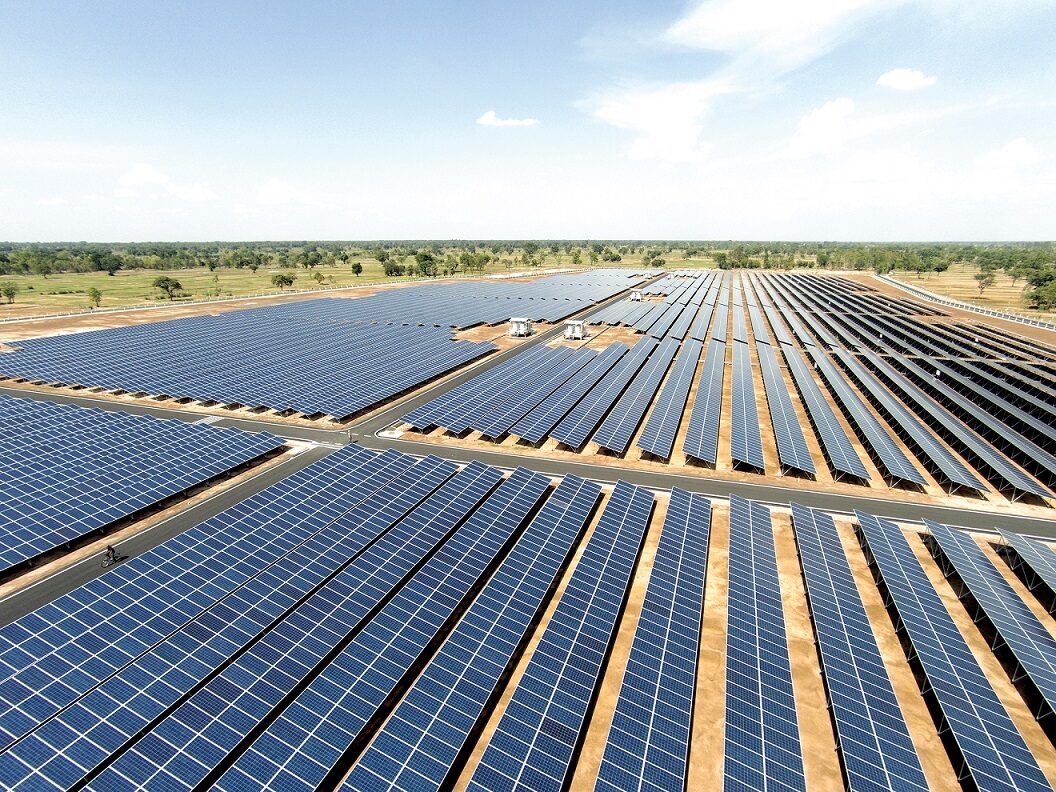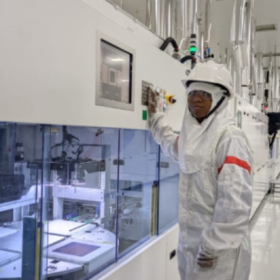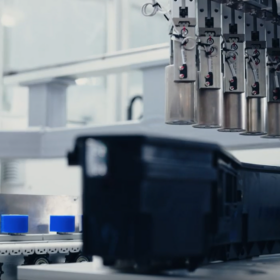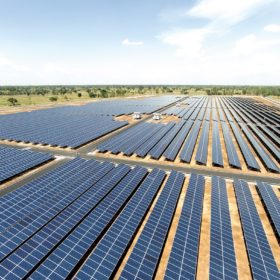Resource efficiency, waste management and decarbonisation of the economy must be the key drivers of India’s green strategy because this is now the only viable path, capable of creating growth, new enterprises and a cleaner environment—according to The Energy and Resources Institute (TERI).
As the government prepares to roll out the Union Budget on February 1, the sustainability thinktank suggests key allocations and policy signals in solar, storage and energy efficiency that will take India ahead on this path.
KUSUM
TERI seeks increased allocation for all components of the Kisan Urja Suraksha Evam Utthan Mahaabhiyan (KUSUM) rural solar scheme, which “through the innovative approach of selling excess electricity from solar panels (when it not being used for running the irrigation pump), is transforming electricity supply in rural areas while providing an additional entrepreneurial revenue scheme for farmers.”
TERI further proposes addition of a new component to KUSUM that focuses on providing support for creating water markets.
“For example, a farmer may buy water from a neighbouring farmer with a solar pump, and not invest in water pumping himself. To enable this, piping and metering between farmers are essential. Partial support for this piping and metering infrastructure, along with directions to banks to provide loans for such infrastructure, would enable the generation of water markets, the efficiency of water usage, and minimisation of groundwater pumping,” it said.
Grid-scale storage
TERI proposes a Viability Gap Fund for a limited amount of grid-connected battery storage to be set up so that it can competitively provide stored solar electricity at peak hours during the night. This would build up the economies of scale necessary for a price reduction of batteries to competitive levels, and also provide the technical and human experience for managing electricity systems with integrated battery storage.
“Solar electricity, at less than Rs.2.5 per KWh, is the cheapest electricity that is available in India, but only when the sun is shining. However, peak demand occurs in the evening and at night when lighting and home air conditioners are switched on. Consequently, there is growth in both solar energy and coal energy – leading to undesirable double investment,” it said.
TERI’s analysis indicates that with performance increases and economies of scale, the price of batteries to store solar energy produced during the day, would fall, and electricity from solar storage at night would be competitive with electricity from coal between 2024 and 2027. It is now essential to jumpstart this market.
“The Central Electricity Regulatory Commission (CERC) has already issued draft regulations regarding the bulk procurement of electricity through real-time competitive processes. This provides the right signal for battery storage to be set up to provide solar electricity during high demand hours at night,” the thinktank stated.
Energy efficiency in SMEs
The Perform, Achieve, and Trade (PAT) programme of the Bureau of Energy Efficiency (BEE) has been extremely successful in enabling large industries to become world-class in energy efficiency. However, this benefit has not been exploited by small and medium size enterprises (SMEs) where the lack of skilled manpower has been a major constraint.
TERI proposes budgetary allocation to enable aggregation of energy efficiency demand in SME clusters. The programme could enable local organisations to aggregate demand of energy-efficient equipment and supply and maintain these equipment, with payments being made over a period of time, and each payment being less than the savings obtained by the SME enterprise due to the lower energy bill.
“The transactions should be on a commercial basis, with the allocation enabling aggregation of demand and supply of energy-efficient equipment. This would enhance the profitability of the SMEs and create local enterprises that could provide these services,” it said.
Zero-carbon technologies in steel and cement sectors
According to TERI, budgetary allocation could be made for promoting R&D of low/zero CO2 emissions technology for the steel and cement sectors. Resources could be provided to research institutions working with the private sector in these areas. This would encourage joint development and investment by the corporate sector.
“Cement and steel production capacity in India is expected to triple by the mid-2030s, leading to unavoidable CO2 emissions with their current technologies. The plants that are set up now would have a productive life of 30-40 years, and it is expected that they would be subject to CO2 emissions reduction requirements during that period. Consequently, the development and installation of low or zero-carbon technologies would provide an opportunity to avoid stranded assets, as well as to supply such technologies to countries (in Africa) where these facilities will be set up in the future,” it explained.
“The developed countries and China have already established these facilities and do not have any urgent need for low/zero CO2 emissions technologies. On the other hand, the least developed countries are still not at the point of rapid growth of these sectors. In other words, India is more-or-less the only country that faces the issue of technology investments today (and during the coming decade) in these sectors which could become stranded assets in the future.”
This content is protected by copyright and may not be reused. If you want to cooperate with us and would like to reuse some of our content, please contact: editors@pv-magazine.com.









By submitting this form you agree to pv magazine using your data for the purposes of publishing your comment.
Your personal data will only be disclosed or otherwise transmitted to third parties for the purposes of spam filtering or if this is necessary for technical maintenance of the website. Any other transfer to third parties will not take place unless this is justified on the basis of applicable data protection regulations or if pv magazine is legally obliged to do so.
You may revoke this consent at any time with effect for the future, in which case your personal data will be deleted immediately. Otherwise, your data will be deleted if pv magazine has processed your request or the purpose of data storage is fulfilled.
Further information on data privacy can be found in our Data Protection Policy.